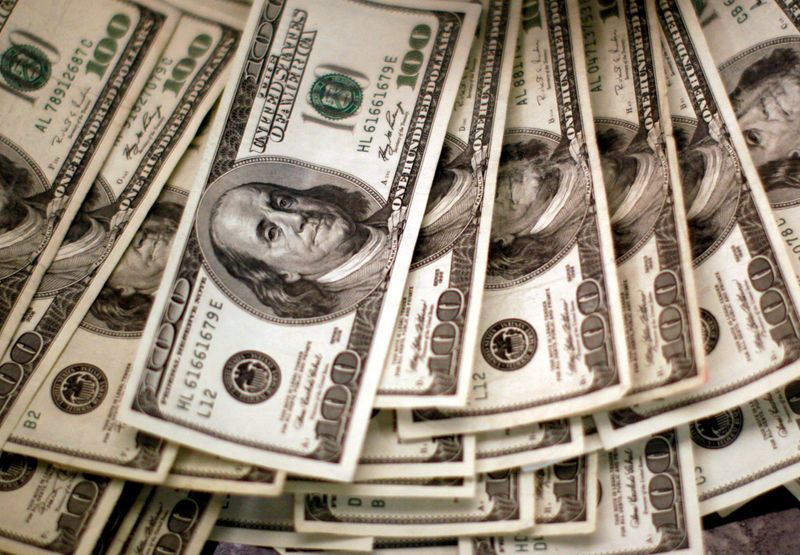By Lananh Nguyen and Davide Barbuscia
NEW YORK (Reuters) – Goldman Sachs expects the U.S. Treasuries curve to steepen in the long term, driven by rising fiscal spending, top executives said.
“Fiscal spending has not abated. It’s strange for us to be spending this much” when employment is high, Ashok Varadhan, Goldman’s co-head of global banking and markets, said on a company podcast.
“It doesn’t feel like we’re going to see fiscal discipline any time soon. … It’s hard to see long-term rates coming down meaningfully,” he said.
“And so our base case on the trading desk is we expect a more normalized yield curve, a steeper yield curve, but really more with normalized and lower rates in the front end and not a lot of relief in the back end.”
Concerns over rising fiscal deficits and an increase in government bond issuance helped lift long-term Treasury yields earlier this year, while pushing rating agencies Fitch and Moody’s to turn negative on the U.S. government’s creditworthiness.
Benchmark 10-year Treasury yields, which move inversely to prices, hit 5% last month for the first time since 2007.
Demand for long-dated Treasuries has slipped in the last six months from central banks, U.S. regional banks and sovereign wealth funds, said Jim Esposito, who jointly runs Goldman’s global banking and markets division.
“Every major central bank has moved from QE (quantitative easing) to QT (quantitative tightening),” he said. “The U.S. regional banks had been some of the largest holders of U.S. Treasuries – they got caught offside in a duration mismatch, so they’ve been a lot less active in recent auctions.”
Sovereign wealth funds, particularly in China, have been less active in part because of geopolitical tensions with the U.S. and a slowing of international trade, Esposito said.
Treasury yields have retrenched in recent weeks on expectations that the Federal Reserve has reached a peak in its interest-rate hiking cycle, and as the Treasury announced a more modest year-end schedule of Treasury debt sales.
Goldman Sachs analysts said in a note on Tuesday bond yields had likely peaked, while higher yields had made fixed income assets more attractive ahead of an expected easing in monetary policies next year.
“Our economists think most central banks will start cutting rates next year, albeit slowly. This should trigger more deployment of cash into bonds and equities with $8 trillion currently in money market funds,” they said.
(Reporting by Lananh Nguyen and Davide Barbuscia; Editing by Richard Chang)
